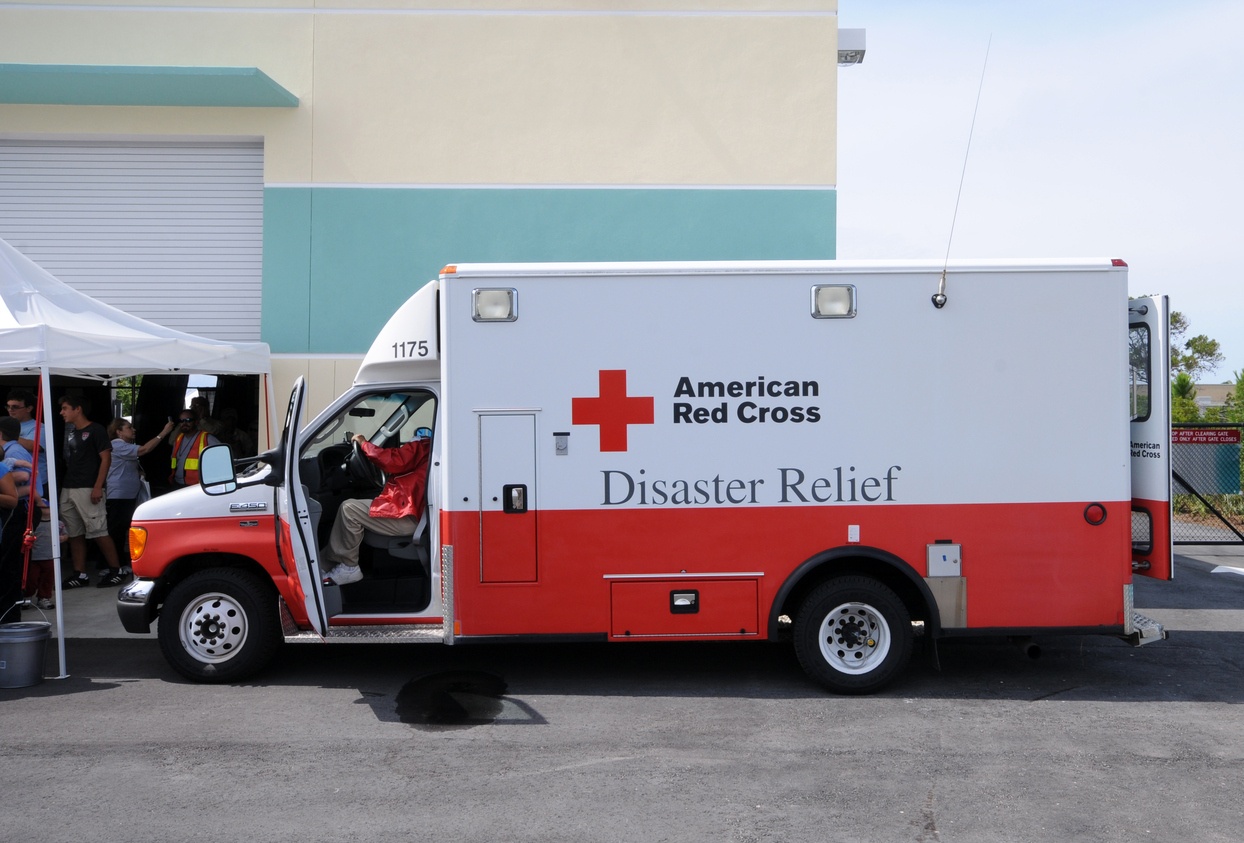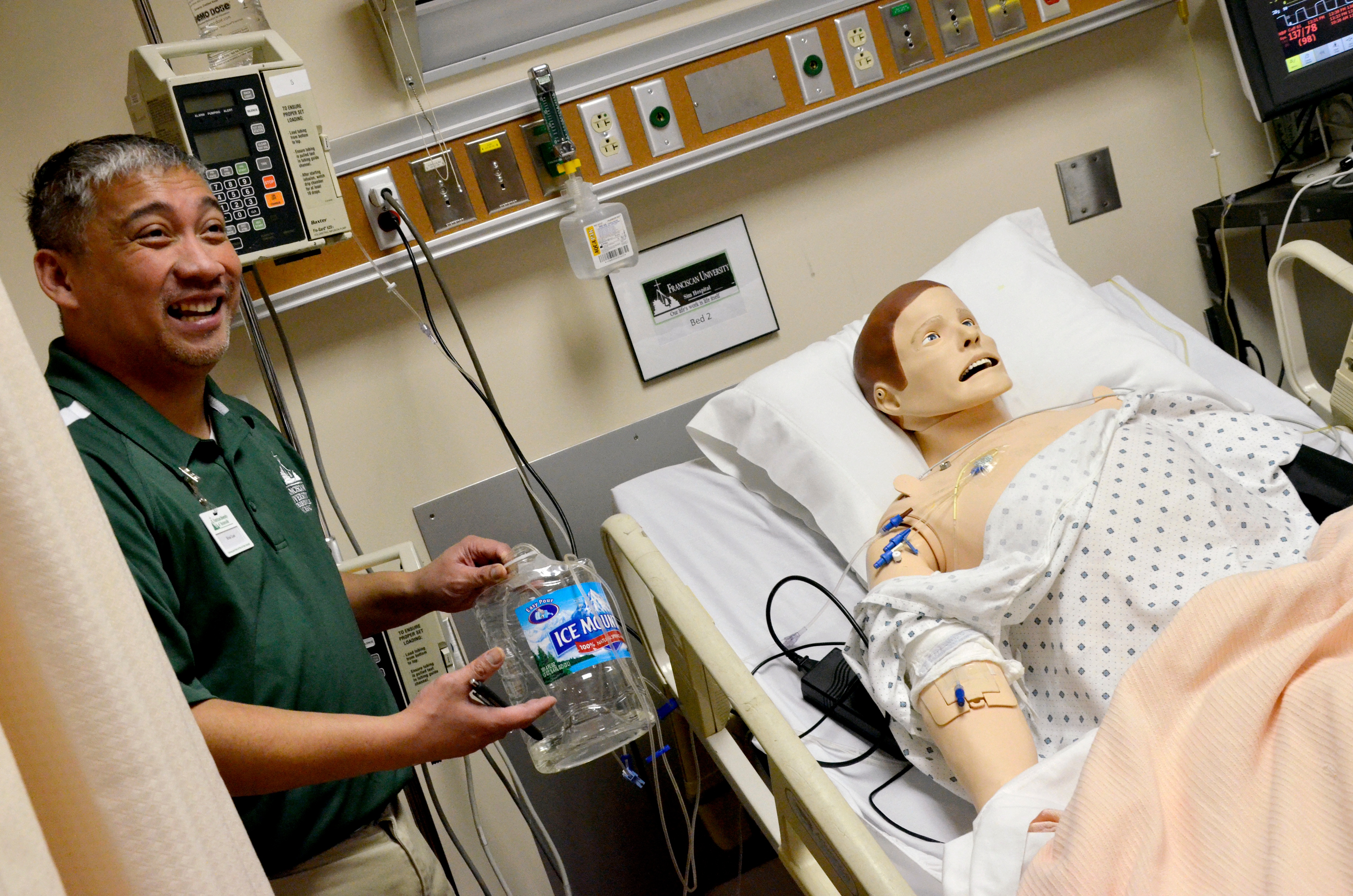
Diabetes is a disease that can affect anyone at any time. Our bodies need and use glucose to fuel our cells, but certain conditions reduce cell access or ability to use glucose properly. If the body can’t convert glucose into insulin, a person will develop diabetes, which can become a life-long health condition.

This information is from the white paper Challenges of Implementing Healthcare Simulation in Community Colleges. Any quoted percentages are from the surveyed institutions. For more information, or to view the white paper, see the link at the end of the article.

Simulation in education is still a young field, although it’s been rapidly adopted in nursing programs, EMS training programs, and other allied health educational programs over the past 10 years. As a result of this rapid adoption, many instructors end up having questions about how to deploy simulation tools in the most efficient, cost-effective way.

Born in 1821 in North Oxford, Massachusetts, Clara Barton became an educator before discovering her calling during the American Civil War. The start of the war found Barton in Washington, D.C., and acting on a desire to serve her country, she quickly volunteered to nurse Union soldiers injured in the Baltimore Riot.

Designing a nursing curriculum that integrates simulation comes with a fair number of challenges, not the least of which is simply obtaining the needed room and equipment to set up a functional simulation lab. But once those first purchases are out of the way, and you have some manikins to put in beds, what’s next?











